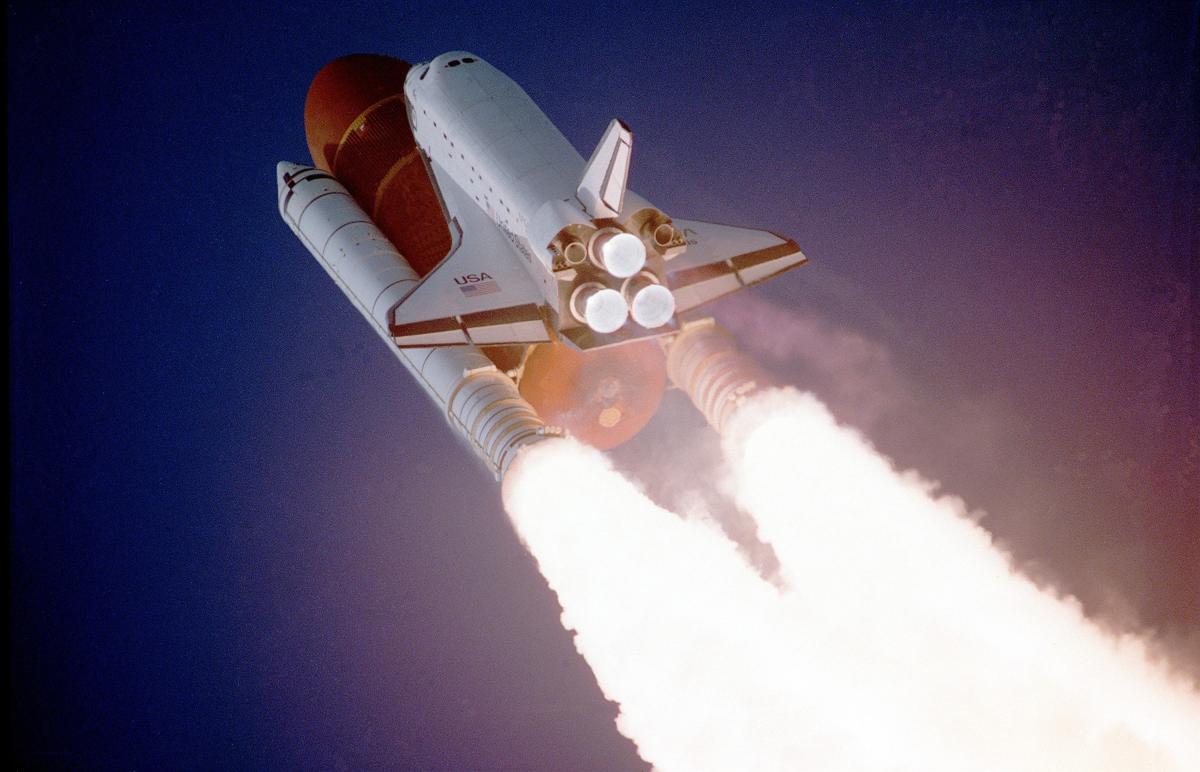
In this engaging lesson, students will research and design rhythm sticks. They will use them in music and PE class to exercise and create music with. This hands-on lesson incorporates multiple areas

In this engaging lesson, students will research and design rhythm sticks. They will use them in music and PE class to exercise and create music with. This hands-on lesson incorporates multiple areas

This is a 3rd grade lesson plan in which the students explore how sound travels and causes vibrations in waves. The students will explore how difference in wavelength affects sound vibrations.

Students will brainstorm, and make predictions of why an airplane can fly. The teacher will present the knowledge of aerodynamics to the students using video , and giving them opportunity to process

Students will use the engineering and design process to create a marble maze.

Using Vernier motion sensor technology (not included) students will model their position vs time on Vernier Graphical Analysis.

Students will create an inclined plane using Pythagorean Theorem and will experiment with rolling objects and try to find a solution to reduce the speed through friction, or air resistance or weight.

This lesson helps kids have an understanding of how our eyes capture light. A camera captures pictures of objects using a similar way so in this experiment, kids will be making a camera using simple

Students are challenged with making a simple hoop glider and then altering it to achieve the greatest possible distance before being given the opportunity to change hoop materials and achieve the

In this lesson students will use the Engineering Design Process to build a zipline carrier that will take their passenger down the zipline in a given time period, adjusting and altering their design